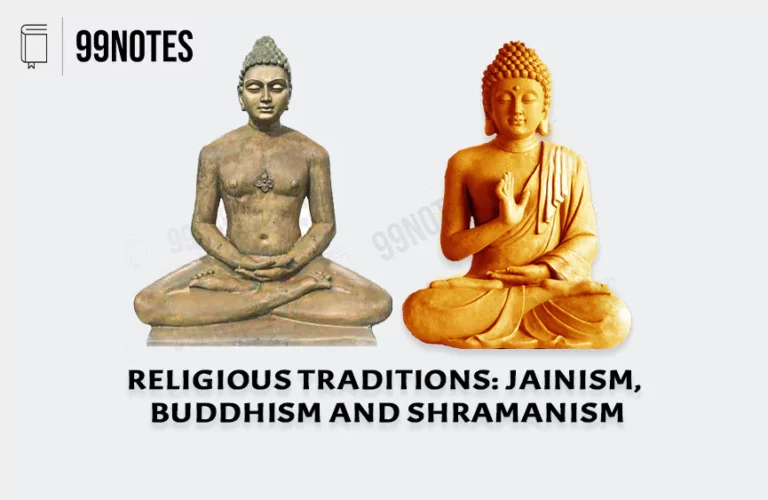Post Gupta Period UPSC Notes for IAS Exam
Post Gupta Period The Post-Gupta period marks a transformative era in Indian history, characterized by political fragmentation and the rise of regional powers. This era witnessed significant cultural and economic developments, shaping the Indian subcontinent’s diverse heritage. Understanding this period is crucial for grasping the complexities of India’s medieval history. In 528CE, a consortium of…

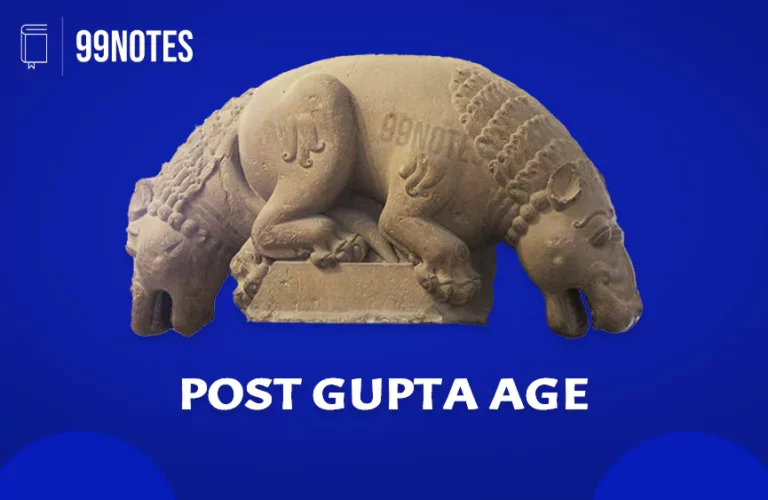
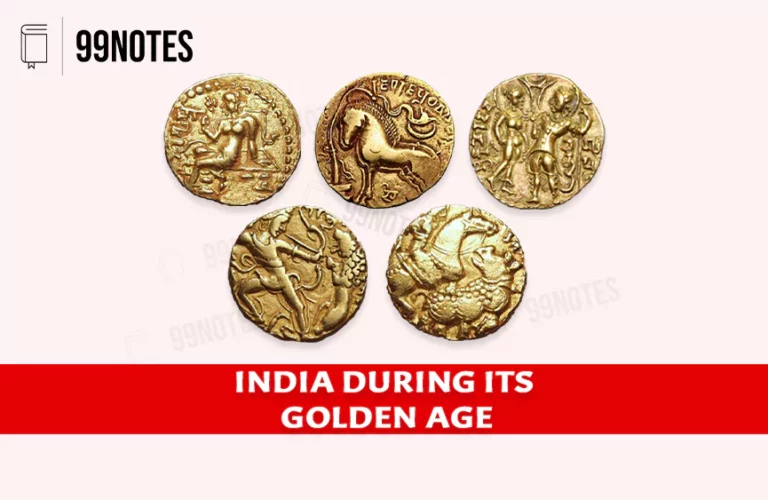
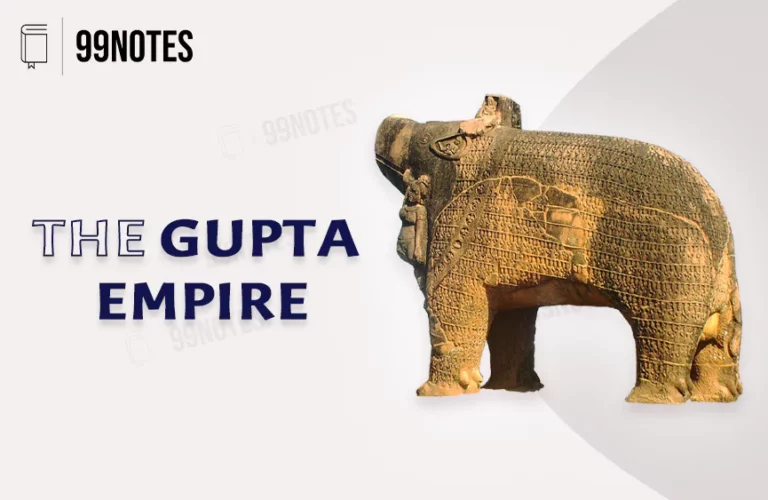

![Sangam Age: Literature, Map, &Amp; Dynasties [Upsc Exam Notes] | Updated November 14, 2024 Sangam Age: Literature, Map, &Amp; Dynasties [Upsc Exam Notes]](https://99notes.in/wp-content/uploads/2023/04/megalith-sangam-age-99notes-upsc-768x495.webp)
![Post Mauryan Period: Shunga, Kanva Dynasties &Amp; More [Upsc Notes] | Updated November 14, 2024 Post Mauryan Period: Shunga, Kanva Dynasties & More [Upsc Notes]](https://99notes.in/wp-content/uploads/2023/04/post-mauryan-age-99notes-upsc-1-768x495.webp)
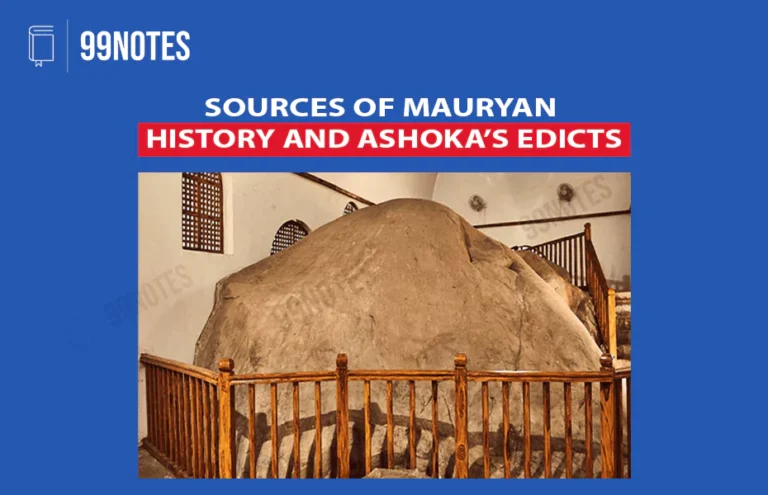

![Mauryan Empire (321-185 Bce): Rulers, Map, &Amp; Administration [Complete Notes For Upsc Exams] | Updated November 14, 2024 Mauryan Empire (321-185 Bce): Rulers, Map, &Amp; Administration [Complete Notes For Upsc Exams]](https://99notes.in/wp-content/uploads/2023/04/mauryan-empire-99notes-upsc-1-768x495.webp)
